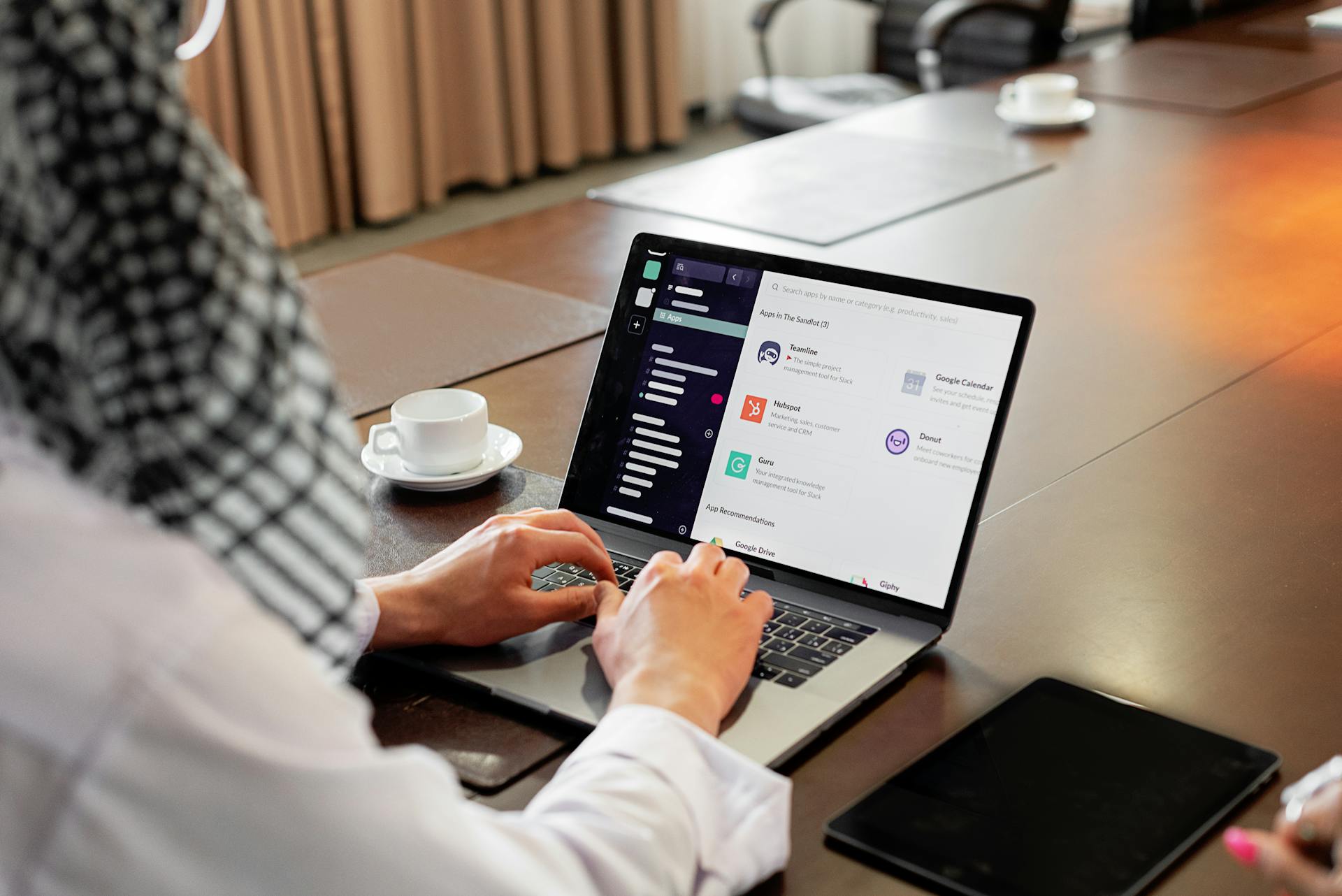In late March, as the coronavirus was wreaking havoc in more and more countries, BBC News posted an interesting story on its website: what if the pandemic had struck in 2005?
The implication from Rory Cellan-Jones, the BBC’s Technology writer, was sobering: 2005 was just before the arrival of the smartphone. That meant no one could connect in a meaningful way other than via a basic phone call. It meant those in quarantine or self-isolation couldn’t order food online - because no grocers had the technology to take such orders online. It meant that workers who were sent home as a safety precaution, would be forced to sit idle.
Cellan-Jones’ point was simple: technology is saving our hides during the pandemic – and not just our consumer hides. Thanks to technologies like Zoom, Microsoft Teams, Google Hangouts, Slack and Salesforce Quip, employers and employees discovered that it was possible to work from home as effectively as at the office. In fact, in a recent survey done by cybersecurity firm, Pulse Secure, in May, it was revealed that 84% of businesses intend to increase work from home capabilities in the future.
Supporting this conclusion, a new survey in June by the data technology firm, Morning Consult, indicates that 75% of workers would like to work from home at least one day a week, once the pandemic is over. Further, fully 32% said they would like to work from home permanently. Given the recent spikes in Covid cases in many states in the U.S., as well as other countries around the world, the pandemic is showing no signs of being over any time soon. This means that working from home permanently may be a very realistic outcome a lot sooner than anticipated by the surveys.
The beauty of this unforeseen shift in work patterns is that the technology is there to support it. While some companies initially grappled with cybersecurity issues as their workers used not-so-secure home networks and personal devices, most have been able to implement the security needed to satisfy themselves that their staff could work remotely in a fully secure manner.
Salesforce bought Quip, a document editing and collaboration software platform, in 2016 and implemented it into both Sales and Service Cloud. The company has built on that experience and created Salesforce Anywhere. The idea behind Anywhere is that all CRM data can be seen by everyone on a call, can be updated and adjusted during the call and, thanks to the built-in video component, the all-important visual connection among members of a team is retained. With Anywhere, Salesforce maintains that no one needs to open another screen or share a screen to access or show data during a meeting. The entire platform is mobile and users can receive alerts on their devices whenever an update or change has occurred outside of an Anywhere meeting.
With the technology available now – technology that gets better and better all the time – and a pressing reason to harness that technology immediately, we are likely witnessing a paradigm shift in how work is performed. A clear example of this is Fujitsu, the large Japanese information and communications company. It announced in early July that it was furthering its digital transformation by assigning 80 thousand employees to work from home as part of a larger “Work Life Shift” policy the company has implemented. In doing so, the company has committed to reducing its commercial real estate needs by 50% by 2022.
Certainly, there are professions and industries where remote work is impossible or difficult but they are becoming fewer and fewer. Manufacturing is moving rapidly, thanks to digital transformation projects, to a place where smart factories are becoming the norm and the deadline for that norm has been moved forward dramatically. Smart factories are highly robotized and computer-controlled with employees able to monitor operations remotely on mobile devices while automated machines do the assembly-line work.
Just 15 years ago, none of this ¬– the technology, the pandemic, the shift in work habits – was on anyone’s radar screen. Today, all three are intertwined and helping to create a new world, what some are dubbing “the next normal”. However you want to label it, that new world is here and digital transformation continues to reshape it in ways that just might be saving us from what could have been a grim and dark future had it been 2005.










